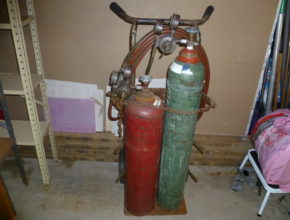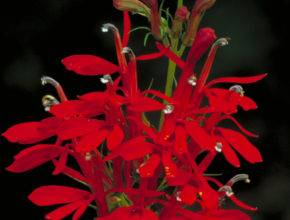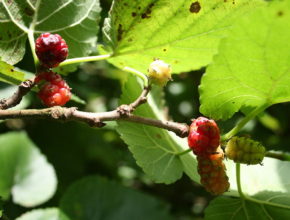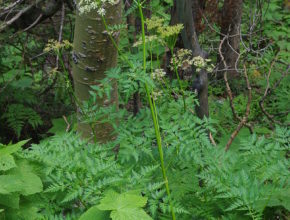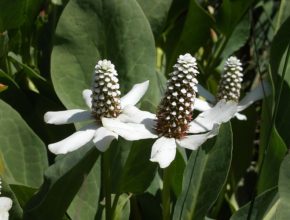This week’s newsletter was about physical cold weather injuries. But an event this weekend made me change that and also caused this delay.
Smoke Inhalation
This week I want to talk about smoke inhalation. The main injury I want to discuss is not pneumonia or flu or even asthma. It’s smoke inhalation. What brings this up is we had a minor blockage and a smouldering chimney fire. Not the full on jet engine style just enough to fill the house with smoke and cause me a BUNCH of work in clean up.
Smoke inhalation is the thing that kills before a house fire. It’s rare that a person burns to death, the smoke normally does them in before the fire. Now during rough times and for folks like me all the time use wood to heat. What happened in our house was one of those perfect storms. The chimney was to be swept this sunday. I do it monthly, A bad wind storm, A piece of Walmart bag hitting the rain cap and opening the stove to put in wood. I doubt if I could EVER make it happen! But we had a house full of smoke. And that gave me a delayed newsletter.
First parts first FIRST AID!
Symptoms of Smoke inhalation
Coughing or wheezing
- A scratchy throat
- Irritated sinuses
- Shortness of breath
- Rapid heartbeat
- Chest pain
- Headaches
- Stinging, burning, watering eyes
- A runny nose
- Nosebleeds
- Headaches
To treat smoke inhalation follow these steps:
- The first order of business is to get the victim into the fresh air!
- Have the victim sit down until he or she begins to feel better.
- After coughing has subsided, offer a glass of water to calm a burning throat.
- Place a cool washcloth over the victim’s eyes and forehead.
If you have O2 bottles you can administer O2 IF NEEDED. Here is the rules on that.
In general the FDA (Food & Drug Administration) considers U.S.P. (United States Pharmacopoeia) oxygen to be a prescription drug to be administered by a physician. That means that normally we cannot legally administer oxygen. An exception is recognized for equipment that:
- can deliver U.S.P. oxygen at a rate of at least 6 liters per minute for a minimum of 15 minutes;
- is labeled “FOR EMERGENCY USE ONLY WHEN ADMINISTERED BY PROPERLY TRAINED PERSONNEL FOR OXYGEN DEFICIENCY AND RESUSCITATION. FOR ALL OTHER MEDICAL APPLICATIONS, RX ONLY;” and
- is utilized in a manner consistent with its labeling.
If available and symptoms do not improve call 911 and or transport immediately
DISCLAIMER TIME
The medical information on this site is provided as an information resource only, and is not to be used or relied on for any diagnostic or treatment purposes. This information is not intended to be patient education, does not create any patient-provider relationship, and should not be used as a substitute for professional diagnosis and treatment
Ok the legal part is out of the way. First I encourage EVERY prepper, survivalist, person who wants to be ahead of the game, to have a source of oxygen. The actual oxygen that goes in the tanks is the same. What the difference is, is the tank. Medical grade tanks are stored cleaned and filled in a different manner than welding tanks. Medical tanks are evacuated then filled. Welding tanks even if totally empty are just filled. In welding tanks there is some moisture and atmospheric contaminants that is not in medical tanks.
I keep a large O2 bottle the 125 cu foot size. It’s sole purpose in life is to be SHTF oxygen. Thye can be had used for under 200 and costs here in the Albuquerque area about 30 bucks to fill. You can also rent them. I have an regulator, and I connected it to a flow meter so I can provide O2. I asked Air Gas in Albuquerque when I first filled the bottle to evacuate it first. Now it doesn’t have the full medical bottle prep but it is good for SHTF.
Now I know it sounds like a broken record and I say it almost every newsletter. EAT WELL.
I can’t stress how important it is to be eating high quality whole foods whenever the body is under stress, especially any long term type of stress. The body will be in extra need of nutrients and minerals and as helpful as some supplements can be, they’re no replacement for real food.
Lobelia cardinalis. This the version that is local to me Or Lobelia inflata. These amoung the best treatment. But both are fantastic for respiratory distress. I prefer and keep the tincture on hand all the time. 10 drops or so does wonders for helping the lungs Smoking it is also a useful method, but and this is my opinion smoking may cause more irritation to already smoke damaged lungs.
Lobela Inflata Lobelia cardinalis
Mulberry – Morus alba Mulberry is another of my southwester go to’s for lung issues The dried leaves as a tea or as a tincture are cooling and relaxing, helping to pull heat and relax tension from the whole respiratory tract. It is also a gentle diuretic which can help pull edema from heat damaged tissues without the drastic effect of say Lasix.
Mallows. Althaea sp, Globe Mallow Sphaeralcea ambigua et al Mallows are natures soothers. The mucilage in the is cooling soothing and lubricating. They add moisture and they bind with the particulates from the smoke and help to expel them. The only issue with mallows is some people, (me included have a very hard time dealing with their texture. They can be slick thick and slimey.
Globe Mallow Marshmallow
Osha. Ligusticum porteri. Osha is one of those plants that leans toward the magicl side of medicine. It warms, it is bitter it is very aromatic. It is also drying. It is not so much as a primary first aid for smoke but it is a great for prevention of infection and or congestion from a lot of smoke. I like to blend it with globe mallow in a light tea to soothe and protect damaged tissues. Warning. Osha appearance is almost identical to hemlock. They both grow in similar areas and I have found them ABSOLUTELY SURE OF YOUR IDENTIFICATION.
Osha Hemlock
Yerba Mansa Anemopsis californica. Yerba Mansa is the herb that I go to for long term treatment for smoke induced lung damage, infection or congestion. It is a very warming herb and can be a bit much, so blending with a mallow helps cool it down a bit.
Smoke inhalation can be deadly, recognising, diagnosing and treating in fast order is vital. If things get bad and folks that are not used to heating and cooking with wood are very likely to have an issue and be subjected to this nasty little thing. Also folks that live near or in forests and with the danger of forest fire need to have the means to treat themselves and or family.
Credits
Globe Mallow By Stan Shebs, CC BY-SA 3.0, https://commons.wikimedia.org/w/index.php?curid=1645016
Mulberry By Jean-Pol GRANDMONT – Own work, CC BY 3.0, https://commons.wikimedia.org/w/index.php?curid=2829769
Lobelia Infata By H. Zell – Own work, CC BY-SA 3.0, https://commons.wikimedia.org/w/index.php?curid=10625842
Lobelia Cardnials By Barnes, Dr. Thomas G. – http://www.fws.gov/digitalmedia/FullRes/natdiglib/IMG0052.jpg, Public Domain,
Yerba Mansa https://commons.wikimedia.org/w/index.php?curid=8639099
Osha By JerryFriedman – Own work, CC BY-SA 3.0, https://commons.wikimedia.org/w/index.php?curid=25085911
Welding bottle. My garage

